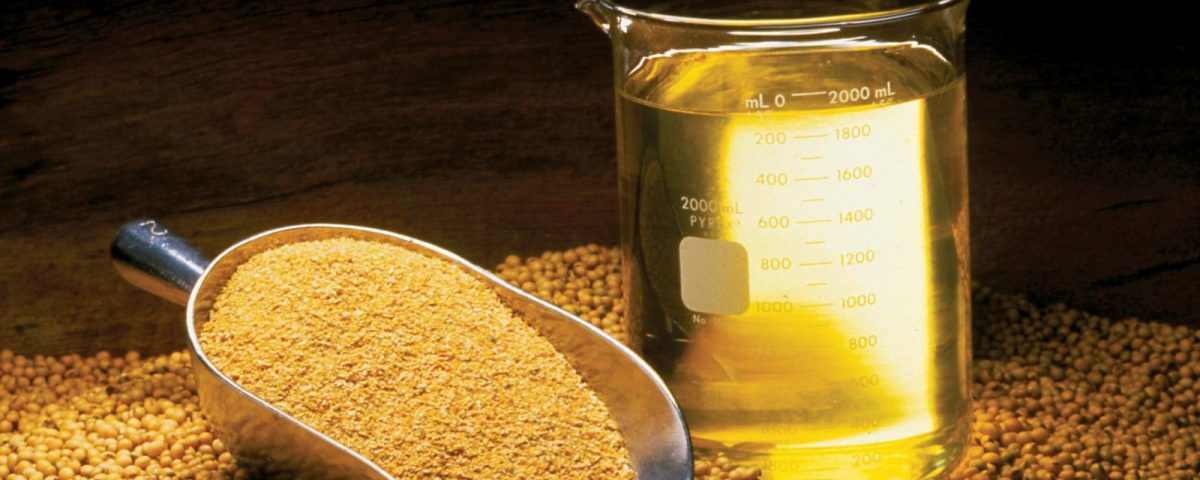Agri Nation Network
Union Agriculture and Farmers’ Welfare Minister Shri Radha Mohan Singh, in a meeting of consultative committee on agriculture, outlined the thrust of the agriculture ministry for increasing the productivity of oilseeds and pulses to achieve self sufficiency. He said “Indian Council of Agriculture Research and Union Ministry of Agriculture & Farmer Welfare will work jointly on a two-pronged approach of productivity enhancement and increasing production through area expansion for meeting the shortage of pulses.”
Agriculture Minister Shri Radha Mohan Singh briefed consultative committee on the steps being taken for self sufficiency in pulses. He said, “ICAR is engaged in development of high yielding varieties/hybrids and associated crop production and protection technologies of various pulse crops through coordination with Indian Institute of Pulse Research, Kanpur and participation of the State Agricultural Universities, State Departments of Agriculture and other Institutes. Technological breakthrough in pulses in terms of notification of high yielding and pest/disease tolerant crop varieties/hybrids has been achieved.”

He apprised the committee about the shortfall in pulses production. Frontline demonstrations (FLDs) on pulses recorded productivity gap of 15% due to non-adoption of improved variety of pulses and up to 34% due to non-adoption of the whole package of technology. He told that by bridging the whole package productivity gap of 34% at the farmers’ fields, the national pulses production can be increased from 17.62MT (average of triennium ending 2015-16) to 23.61 MT without bringing any additional area under them and that would be enough to make the country self-sufficient in pulses for the time being. The Minister also informed about the proposal to add 100 KVKs more to 400 KVKs through field demonstration for increasing pulses cultivation and also informed about sanctioning of 100 seed hubs for breeder seeds.
Shri Radha Mohan Singh said. “In order to reach self-sufficiency by the year 2025 productivity per hectare needs to be enhanced to about 1000 kg per hectare. A road map to achieve production of 20 MT pulses in 2016-17, 21MT in 2017-18 and 24 MT in 2020-21 as compared to 16.47 MT production in 2015-16 has been envisaged with a comprehensive action plan under centrally sponsored scheme of National Food Security Mission (NFSM).”
Pulses production registered a remarkable increase from 14.76 MT in 2007-08 to a record level of 19.25 MT in 2013-14. However in the last two years, production of pulses has declined in mainly due to climate adversities. In 2014-15, the production was recorded at 17.15 MT while during 2015-16 it was 16.47 MT, which are not sufficient to meet the current domestic requirement of about 22 MT. Therefore, 5.80 MT of pulses worth Rs. 18000 cr was imported during 2015-16. The minister also emphasized the need for greater mechanization in harvesting of pulses and oilseeds to prevent harvest loss.
For oilseeds, the Minister said that the Indian Council of Agricultural Research (ICAR) is conducting research programmes for nine annual oilseeds crops at four commodity based research institutes. He told about the technological breakthrough in oilseeds and a number of climate-resilient high yielding varieties/hybrids of oilseeds that have been notified for cultivation and increasing the productivity. He also expressed confidence that the already available technologies could increase yield of nine oilseeds crops. Among the nine annual oilseed crops, groundnut, rapeseed-mustard, soybean, sunflower, sesame, Niger and safflower are used for edible purpose and castor and linseed are the non-edible vegetable oil.
Soybean contributes largest (36%) to the total oilseed production followed by groundnut, rapeseed- mustard, castor, sesame, sunflower, linseed, safflower and niger. India is the largest producer of castor and dominates in global castor oil trade. The growth rate of edible oil consumption has increased at 4.3% while the annual oilseeds’ production is lagging behind and has increased at about 2.2% only, thus necessitating the import of edible oils. India has to import more than 50% of edible oil. Last year, edible oil worth Rs 69,717 crores was imported to meet the domestic demand. India will need to increase the oilseed production to 86.84 and 93.32 MT by 2020 and 2025 respectively to meet the growing annual consumption demand of vegetable oil, which will reach 16.43 kg and 16.98 kg per capita in 2020 and 2025 respectively.
The Minister emphasized the need for institutional and policy support campaign for productivity enhancement programme of oilseeds in addition to technological support from ICAR to make country self sufficient in vegetable oil.
Only 14 members (including chairperson) out of 29 members of consultative committee attended the meeting. The meeting was attended by the Ministers of State in the Ministry of Agriculture & Farmers’ Welfare, Shri Parshottam Rupala; Shri S.S. Ahluwalia and Shri Sudarshan Bhagat. Members of Parliament, who attended the meeting – Chintaman Navsha Wanaga; G. Hari; Gowdar Mallikarjunappa Siddeshwara; M.B. Rajesh; Kunwar Pushpendra Singh Chandel; Rodmal Nagar; Sanjay Shamrao Dhotre; Dr. Chandrapal Singh Yadav; Shankarbhai N. Vegad and Shri V. Vijayasai Reddy.
————————————————————




